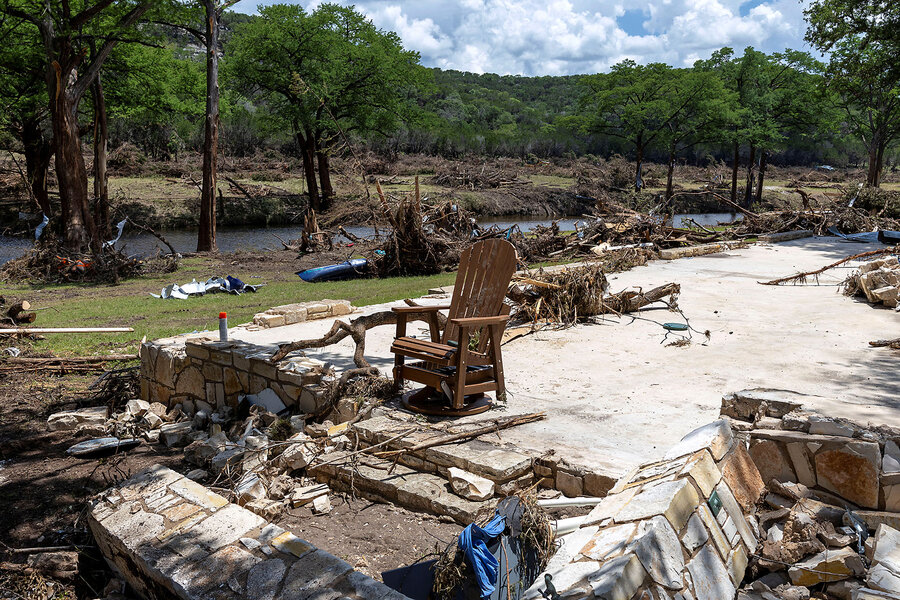Now Reading: Texas Pledges Reforms Following Devastating Floods
-
01
Texas Pledges Reforms Following Devastating Floods
Texas Pledges Reforms Following Devastating Floods

Quick Summary
- A catastrophic flash flood on July 4 in Kerr County,Texas,along the Guadalupe River has claimed over 100 lives with 161 still missing.
- Among the fatalities, 96 were reported from Kerr County alone, including 36 children.
- The flash flood overwhelmed an all-girls Christian camp on the riverbank; 27 campers and counselors died, and six remain missing.
- Cellphone alerts were a primary warning system but proved insufficient for widespread effective action due to late-night timing and connectivity issues near the river.
- Discussions are underway about implementing better technologies like flood sirens and sensors to overcome these limitations.
- Kerr County had previously considered siren systems but did not install them due to high costs-state funding would have covered only 5% of expenses.
- Gov. Greg Abbott announced that an upcoming special legislative session will focus on improving state-wide infrastructure for flood preparedness alongside other existing agenda topics.
- Experts emphasize addressing gaps in communication systems (“last mile problem”), integrating advanced technologies like sensors that trigger warnings or close gates automatically, and learning lessons from past floods.
Images:
- First responders examining debris at Guadalupe River: Image Source
- Local resident kristin Webb evacuating during floods: Image Source
- Devastation showing debris-filled Guadalupe River post-flooding: Image Source
Indian Opinion Analysis
Flash floods are inherently unforgiving natural disasters that test communities’ readiness under extreme conditions, leaving heavy losses in their wake when preparations fall short. The failure of timely evacuation during Texas’ July 4 flooding highlights vital gaps such as reliance on limited alert mechanisms (like cellphone notifications) without redundancy systems (sirens or ground sensors). For India-a nation grappling with similar challenges from frequent monsoons-this incident underscores key takeaways.High upfront costs frequently enough deter local governments in rural settings from deploying modern disaster management tools; India’s smaller municipalities may experience parallel financial constraints regarding early warning infrastructure or mitigation technology investments against catastrophic flooding risks seen annually across Assam or Bihar regions.
Further parallels emerge around “last-mile communication” where details dissemination can falter among populations living near hazard-prone areas due to illiteracy rates or inaccessible terrains in India’s remote segments similar vaguely flagged signals issues witnessed now USA counterparts .

























